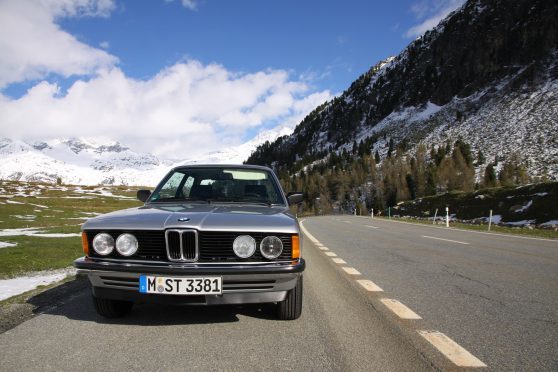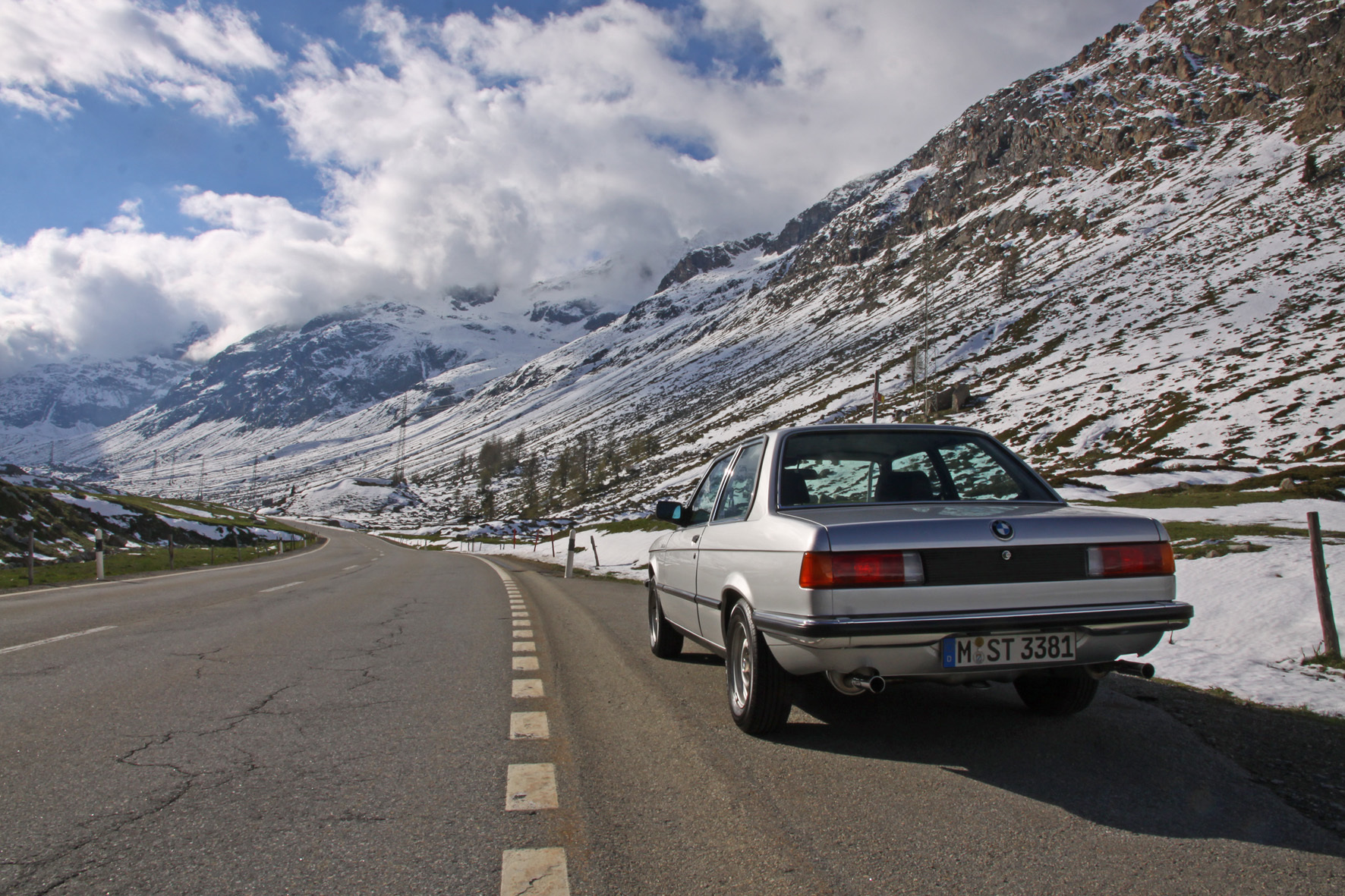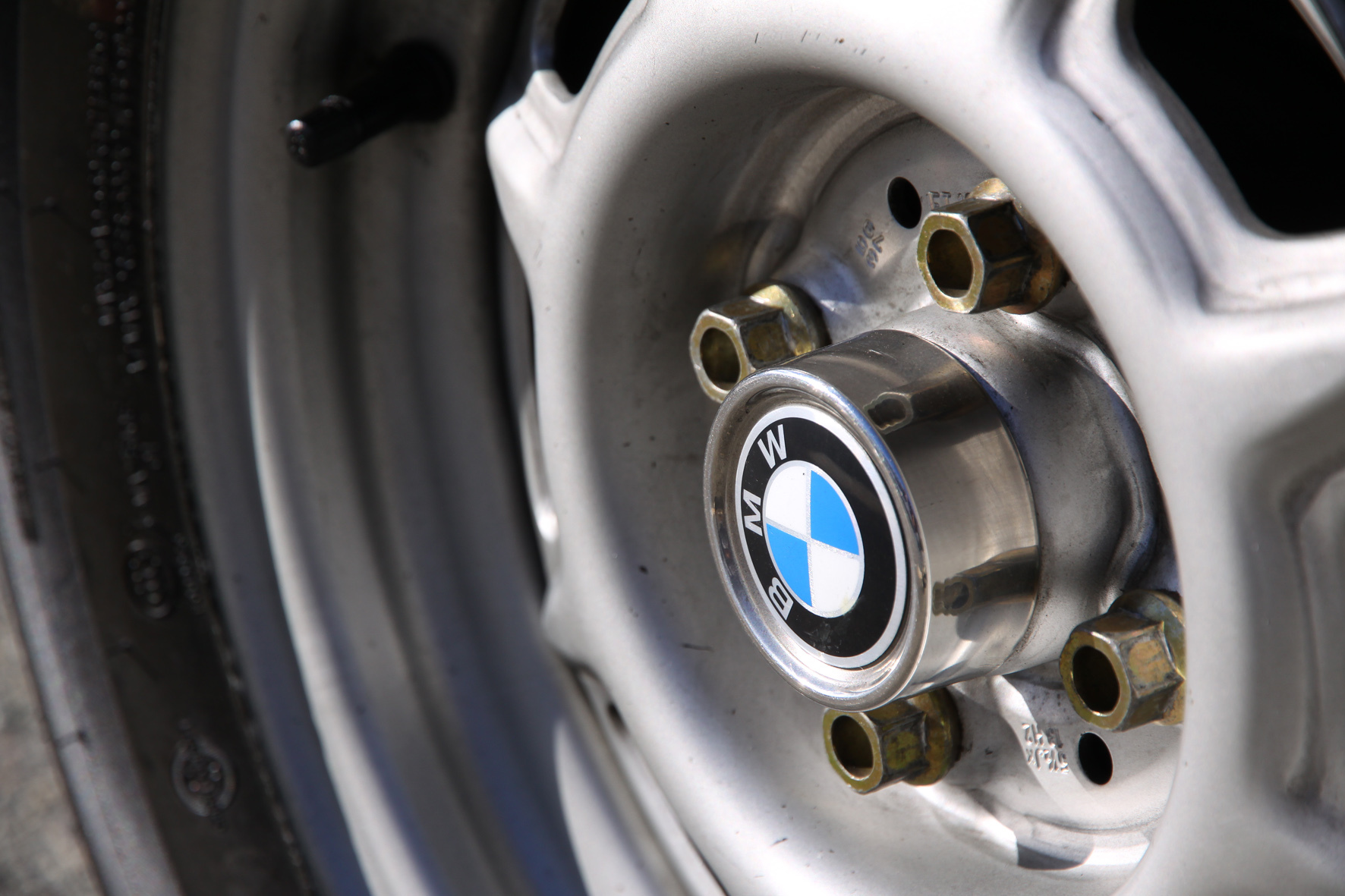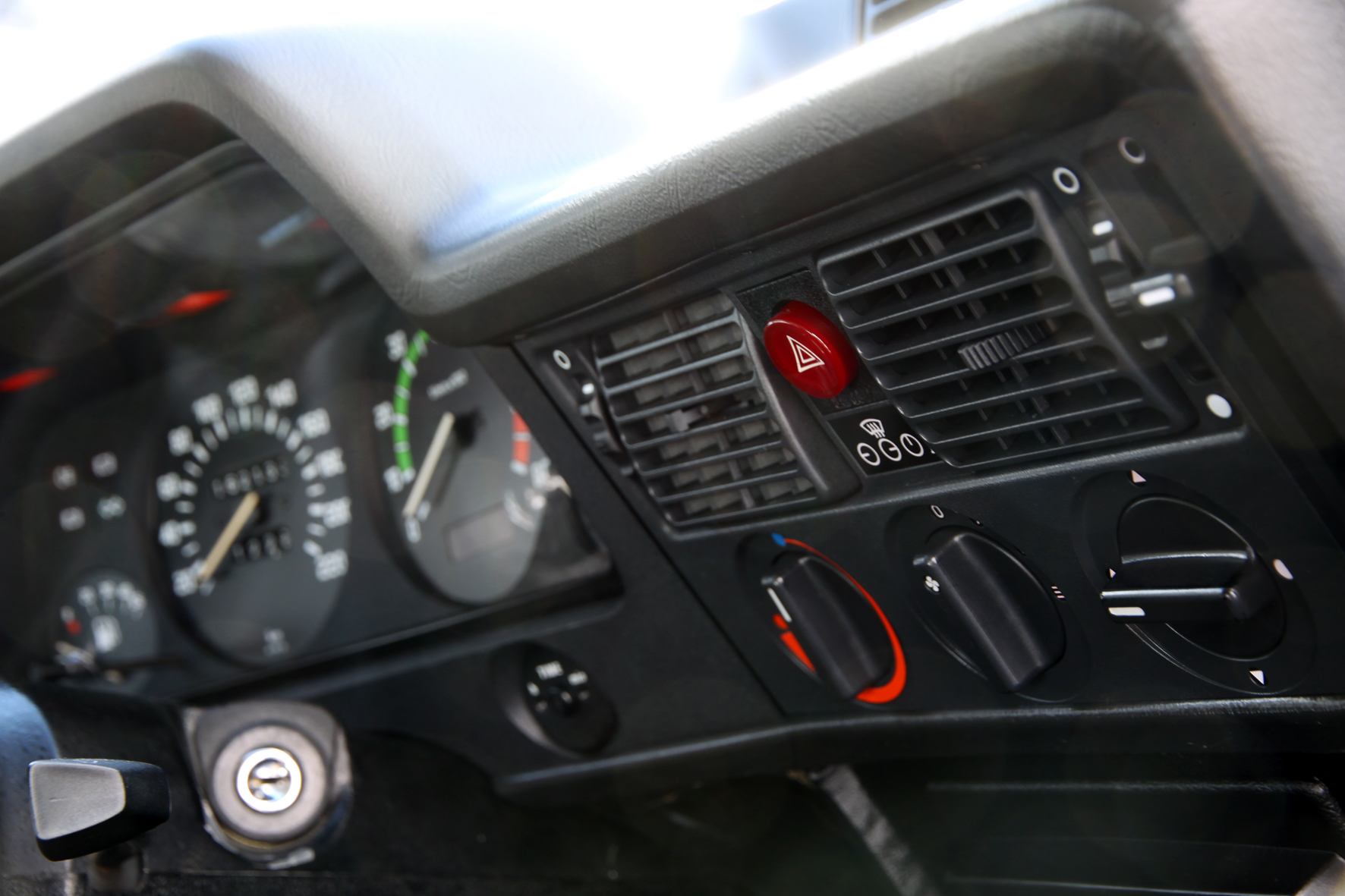From its unassuming roots in mechanical excellence to today’s technological feast, via surges in popularity and the murky waters of badge-snobbery, the BMW 3 Series has been with us for 40 years.
These days you’d be forgiven for thinking the BMW 3 Series is under threat. The British public, fickle as it is in the age of connected everything, is looking for increasingly diverse solutions to its transport desires, buying into niche after newly-created niche. A traditional three-box saloon doesn’t cut it for as many people as it used to.
Not that the ultra-successful Bee-Em has exactly done badly for itself. More than 40 years it has sold 14 million units, and thanks to strong demand in other parts of the world it still makes up 25% of the firm’s total sales by volume.
THEN AND NOW
The latest generation, coded F30, is a technological tour-de-force. It finally switched exclusively to cleverly turbocharged engines with three, four and six cylinders, the option of four-wheel drive and there’s even a plug-in hybrid on the way next year.
But 40 years ago things were a little different. As part of the birthday party BMW laid on for the car’s 40th, the firm invited me to go and drive the oldest of the breed, the E21, from Lake Como to a small village in the Alps. Sitting in the sunshine on the squashy driver’s seat of a car designed more than a decade before I was born is an eye-opener.
FIRST IMPRESSIONS
That glorious seat is a far cry from the famously firm German efforts of today. Comfort was clearly a priority back in 1975, and in a completely different way than it is now. Otherwise there are few surprises; the thin-rimmed steering wheel is pretty much standard on older cars like this and the dashboard is equally spindly compared to the F30’s.
There’s a surprising number of trinkets on it, though, for the time, and it’s easy to believe just what a step up it must have been from the mainstream efforts – especially the ugly and unreliable lumps of abject misery being produced by British Leyland at the time.
Mechanical precision and refinement were the 3 Series’ selling points. It felt like a quality item and drove like one. After four decades of progress the almost complete smoothness of the F30 spoils you rotten, though, leaving you no choice but to note the vibrations coming through the E21’s pedals and steering wheel, and the lack of soundproofing around the wheel arches.
MISSING HORSES
The one I’m driving is actually a later E21, with a 141bhp version of the 2.3-litre M20 six-cylinder petrol engine. It feels a lot like the first 100 of those horses have bolted, and despite its skinny frame that weighs about the same as an under-fed kitten it coughs forwards with geriatric reluctance.
The five unexpectedly closely-spaced gear ratios at the other end of the long, gently vibrating gear stick give the old engine something to chew on, but as the revs rise in top gear and we’ve not even reached
A-road speeds yet, you can’t help thinking that even back then the car must have felt like it needed an extra couple of cogs.
Hills pose problems for the old girl, and we’re in a part of the world where that’s all you get. The route, which I’m following thanks to a third-party sat-nav suckered to the windscreen, winds uphill through some breathtaking scenery and hairpins galore, but the beautifully clean but mechanically wheezy E21 just doesn’t have enough get-up-and-go to make the most of them.
THE ACE UP THE SLEEVE
Maybe you were expecting this, but it’s true. It’s got more character than a summer season at the Globe Theatre. For all the engine’s weakness it purrs along beautifully. The gravelly, metallic timbre shared between the engine and exhaust penetrates the badly-soundproofed (by modern standards) cabin from all angles, zinging its way into your heart while the slow-moving traffic queue builds up behind you.
The sudden realisation is this: it’s nice to drive. Even with less power than an old watch battery it’s still enjoyable, and that’s a trait carried right through the 3 Series family tree. The entry-level petrol F30 uses a cracking 1.5-litre turbo with plenty of charm and a surprising turn of pace.
This is good news, because the wonderful normally aspirated BMW straight-six is dead, and even the turbocharged replacement is endangered, finding a home in only one 3 Series model in 2015 (plus the M3).
One thing we’ve always been able to rely on the 3 Series for is driving
enjoyment. The E21 had it, and long may it continue.



